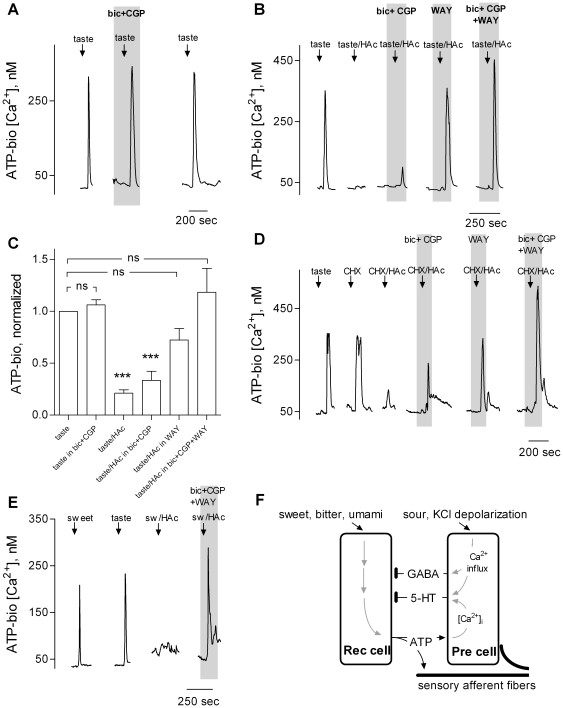Figure 4. Sour taste initiates GABAergic and serotonergic inhibition in taste buds.
ATP biosensors were positioned against taste buds to measure taste-evoked transmitter secretion [12]. A, Traces show ATP biosensor responses. Stimulating the taste bud with a sweet/bitter taste mix (↓, taste) triggered responses in the biosensor, i.e. ATP secretion. Taste-evoked ATP secretion was unaffected by blocking GABA receptors with bicuculline and CGP55845, GABAA and GABAB receptor antagonists, respectively (“bic+CGP”, present throughout the shaded area). B, In another experiment, ATP secretion stimulated by sweet/bitter tastants (as in A) was strikingly diminished when a sour tastant (HAc, acetic acid 10 mM, pH 5.0) was added to the stimulus mix (↓, taste/HAc). The reduction of ATP secretion was partially restored by blocking GABA receptors (“bic+CGP”, present throughout shaded area). In this experiment, the acid-evoked inhibition was completely rescued by blocking 5-HT receptors with WAY100635, a 5-HT1A receptor antagonist, (“WAY”, present throughout shaded area). Blocking GABA and 5-HT receptors together resulted in an even larger taste-evoked ATP secretion from this taste bud (“bic+CGP+WAY”, present throughout shaded area). C, Summary of data from several experiments. Taste stimulation with a sweet/bitter mix causes taste buds to secrete ATP (N = 28). However, taste mix in the presence of an acid stimulus results in decreased transmitter (ATP) secretion (N = 23). Blocking 5-HT1A receptors (N = 4) or GABAA/GABAB receptors separately partially restores the taste-evoked ATP secretion (N = 16). Blocking GABA and 5-HT receptors together fully restores taste-evoked ATP secretion (N = 8). ns, not significant; ***, p<0.001, Student t-test. D, In a separate experiment, taste mix or a bitter taste compound alone (10 µM cycloheximide, CHX), elicits transmitter secretion. As in B, ATP secretion was significantly diminished when a sour tastant was added to the bitter stimulus (↓, CHX/HAc). Partial restoration of ATP secretion was observed by either adding GABA receptors antagonists (“bic+CGP”, present throughout shaded area) or a 5-HT1A receptor antagonist (“WAY”, present throughout shaded area) in the bath medium. As expected, in this experiment, blocking GABA and 5-HT receptors together resulted in an even larger bitter taste-evoked ATP secretion from this taste bud (“bic+CGP+WAY”, present throughout shaded area). E, A sweet taste compound alone (0.1 mM SC45647, SW) and taste mix elicit transmitter secretion; the combination of sweet taste and acid stimulus (sw/HAc) resulted in little, if any, ATP release. As in D, blocking GABA and 5-HT receptors together resulted in an even larger sweet taste-evoked ATP secretion from this taste bud (“bic+CGP+WAY”, present throughout shaded area). F, Schematic diagram illustrating the findings. Sweet, bitter (and umami) tastes stimulate Receptor cells (Rec) to secrete ATP. KCl depolarization or sour taste stimulation triggers Ca2+ influx in Presynaptic cells (Pre) and evokes GABA and 5-HT secretion. ATP triggers intracellular Ca2+ mobilization in and 5-HT release from Presynaptic cells. Parenthetically, ATP acts on sensory afferent fibers as well.

